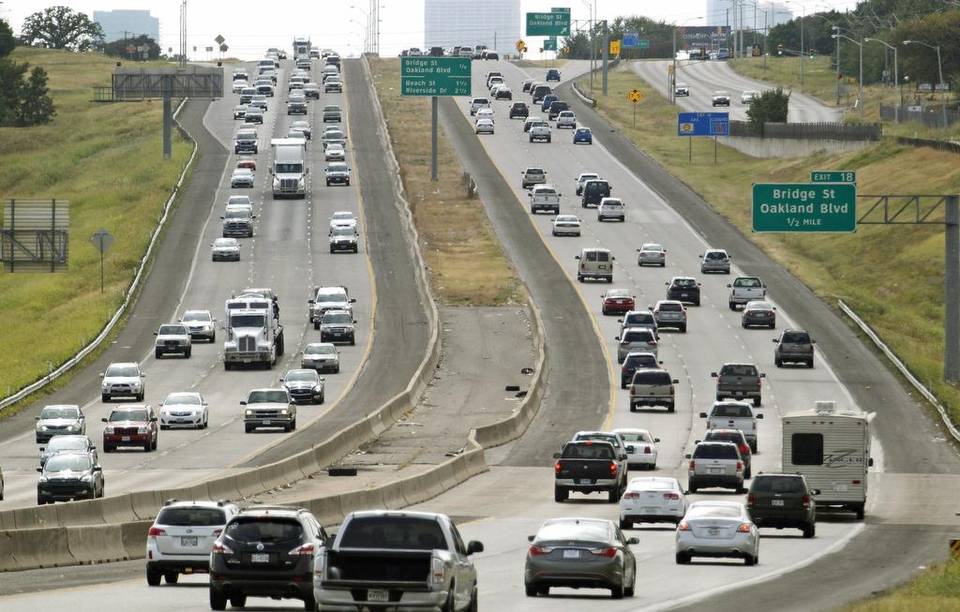When it comes to traffic congestion, there are no ghosts, even if it sometimes seems that way.
Whenever and wherever gridlock occurs, it happens for a reason — a construction project, a car accident or a reduction in lanes. Or it could be a combination of those factors.
Whatever the reason, it isn't always clear to the thousands of motorists who can be inconvenienced by bad traffic. What's why traffic researchers came up with the phrase "phantom traffic" to describe any of a variety of mysterious tie-ups.
"You can be going up a hill and you get the morning sun in your face. That can cause someone to brake, and it affects traffic behind you," said Jeffrey Neal, a program manager at the North Central Texas Council of Governments who closely tracks congestion issues.
Interstate 30
In the Fort Worth area, we asked Star-Telegram readers on social media to nominate spots where they have noticed congestion is chronic but the reason isn't always clear.
Among the nominated spots was eastbound Interstate 30, between Oakland Boulevard and Loop 820, where congestion forms every afternoon between roughly 3:30 and 5:30 p.m. Neal says there are several possible explanations.
Eastbound traffic, which has four lanes up to that point, drops to three lanes at the Brentwood Stair Road exit ramp.
Also, beyond Brentwood Stair, the freeway dives into a relatively steep vertical grade.
"In heavy traffic, those vertical grades may affect trucks and their ability to accelerate or decelerate quickly," Neal said. "This, in turn, affects speeds for other vehicles through that segment."
Click here to read about more North Texas trouble spots from the Star-Telegram.


